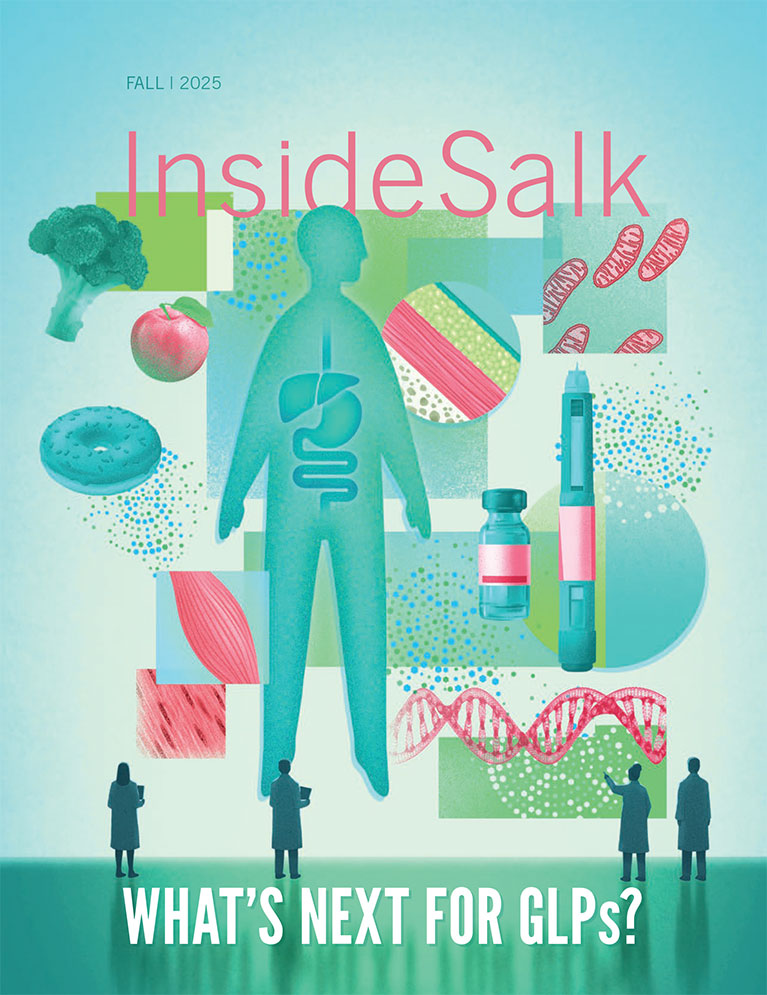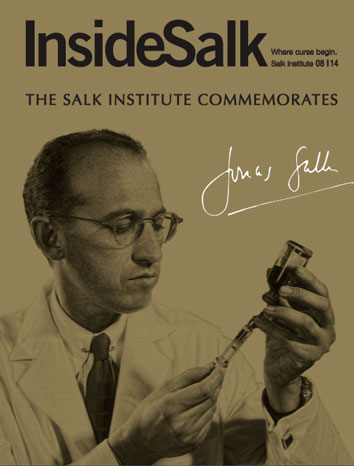Diabetes is often the result of obesity and poor diet choices, but for some older adults the disease might simply be a consequence of aging. New research has discovered that diabetes—or insulin resistance—in aged, lean mice has a different cellular cause than the diabetes that results from weight gain (type 2). And the findings point toward a possible cure for what the co-leading scientists, Ronald Evans and Ye Zheng, are now calling a new kind of diabetes (type 4). In mice with age-related disease, the labs found abnormally high levels of immune cells called T regulatory cells (Tregs) inside fat tissue.
Metabolism
Fighting Liver Fibrosis, the Wound that Never Heals
Chronic damage to the liver eventually creates a wound that never heals. This condition, called fibrosis, gradually replaces normal liver cells—which detoxify the food and liquid we consume—with more and more scar tissue until the organ no longer works. Scientists led by Ronald Evans have identified a drug that halts this unchecked accumulation of scar tissue in the liver. The small molecule, called JQ1, prevented as well as reversed fibrosis in animals and could help the millions of people worldwide affected by liver fibrosis and cirrhosis, caused by alcoholism and diseases like hepatitis. These results were published in PNAS the week of December 7, 2015.
Read News ReleaseNew Tie Between Cholesterol and Bone Density
Alan Saghatelian and collaborators at the University of Texas Southwestern Medical Center uncovered how lipid metabolism is involved in maintaining bone health. Using a method developed in the Saghatelian lab, the team discovered that cholesterol can bind to a protein called estrogen-related receptor alpha that regulates bone density. This finding, published in Cell Metabolism on January 14, 2016, suggests that drugs commonly used to manage cholesterol levels also impact bone density and points to newer and better drugs to treat bone diseases.
How the Cell’s Power Station Survives Attacks
Featured Stories
 Frontiers in Regenerative MedicineWhen Juan Carlos Izpisua Belmonte and his team at Salk made global news headlines last fall for developing a technique for growing...
Frontiers in Regenerative MedicineWhen Juan Carlos Izpisua Belmonte and his team at Salk made global news headlines last fall for developing a technique for growing... Next Gen: Zachary KatzZachary Katz is a visual person: from insect-devouring plants to bustling cells, he strives to see what happens in nature. While growing up in Arizona and then Florida, Katz and his brother gathered...
Next Gen: Zachary KatzZachary Katz is a visual person: from insect-devouring plants to bustling cells, he strives to see what happens in nature. While growing up in Arizona and then Florida, Katz and his brother gathered... An Interview with Salk President Elizabeth BlackburnWhen Jonas Salk announced the discovery of the polio vaccine in 1955, Elizabeth Blackburn was six years old and busy collecting...
An Interview with Salk President Elizabeth BlackburnWhen Jonas Salk announced the discovery of the polio vaccine in 1955, Elizabeth Blackburn was six years old and busy collecting...




















































